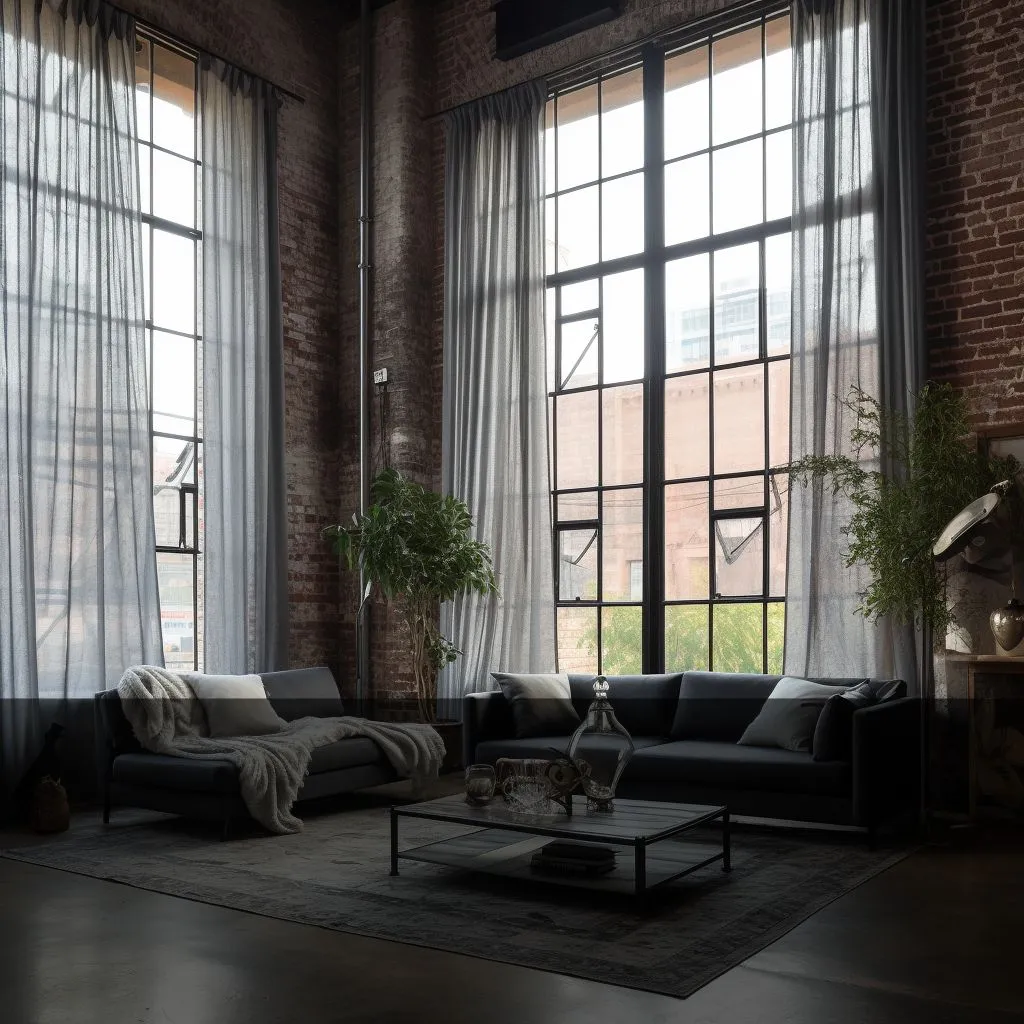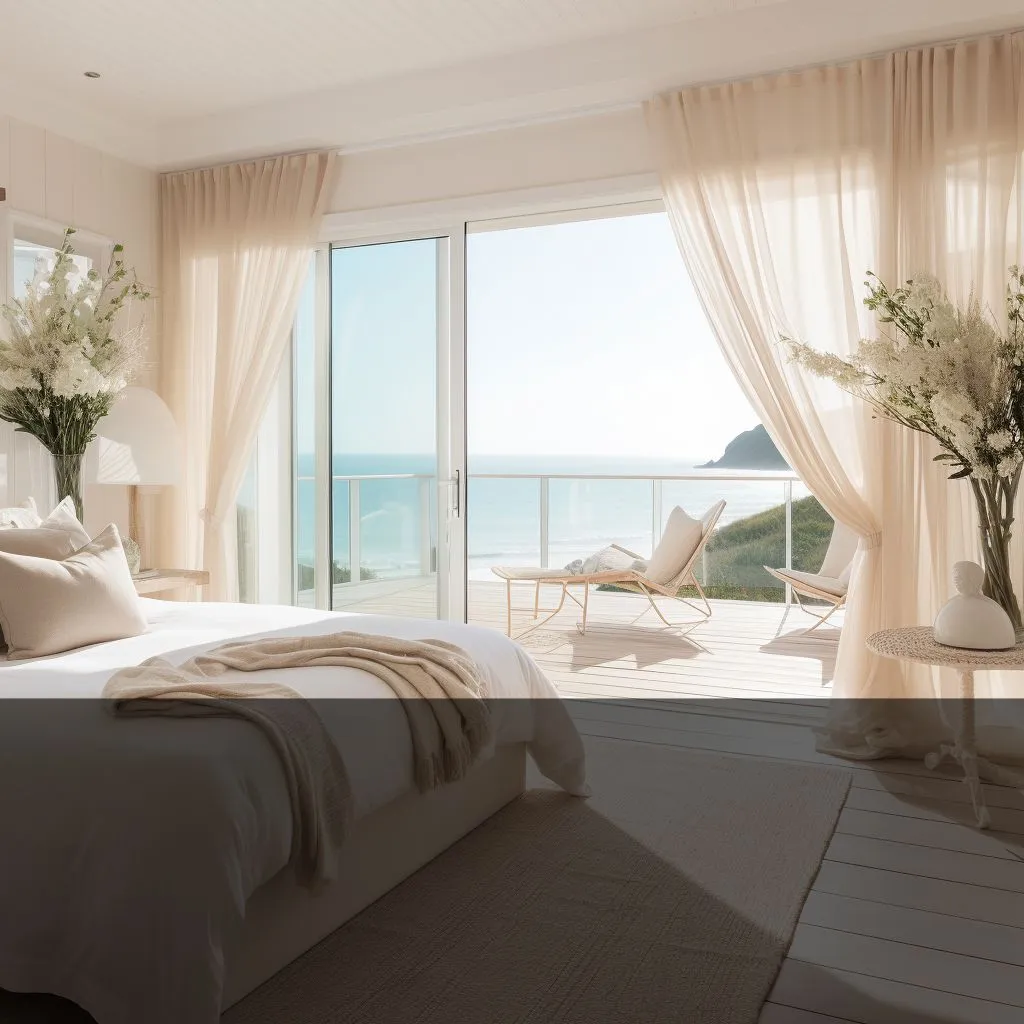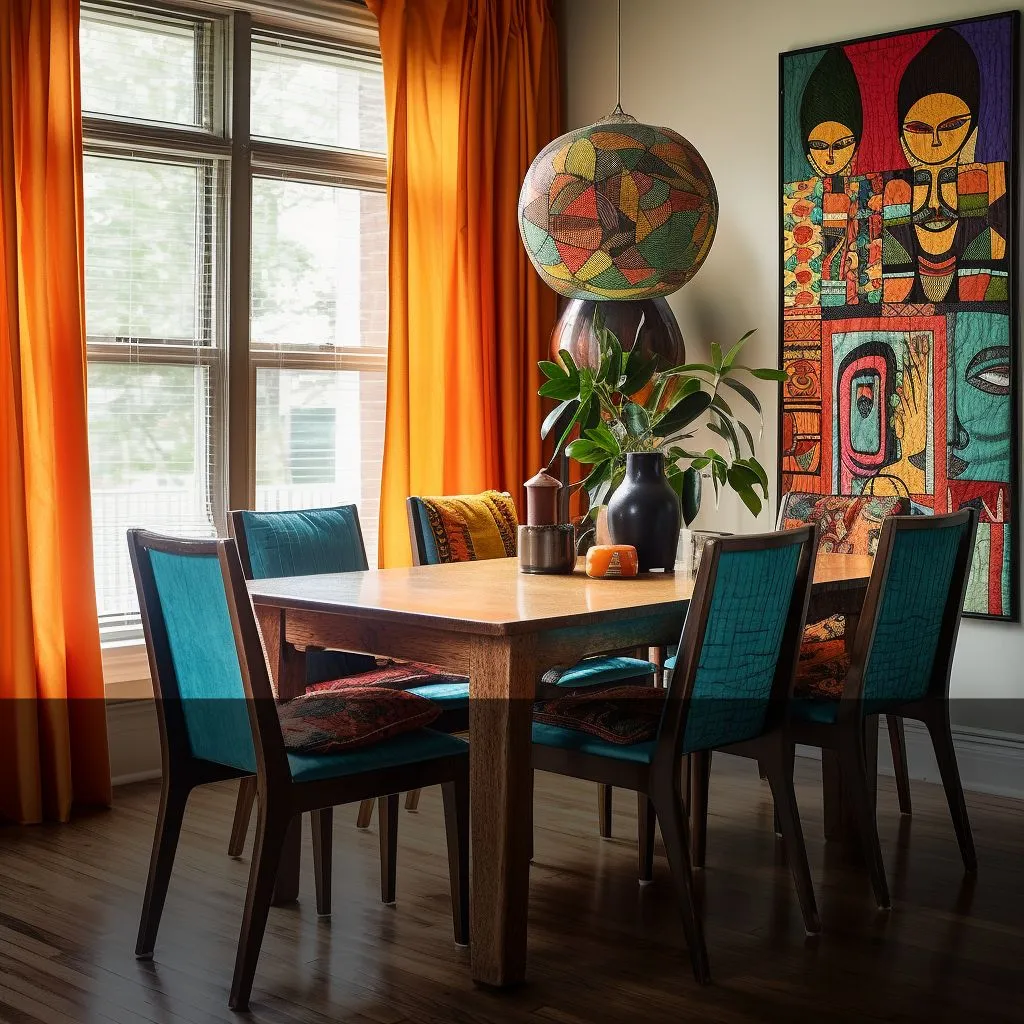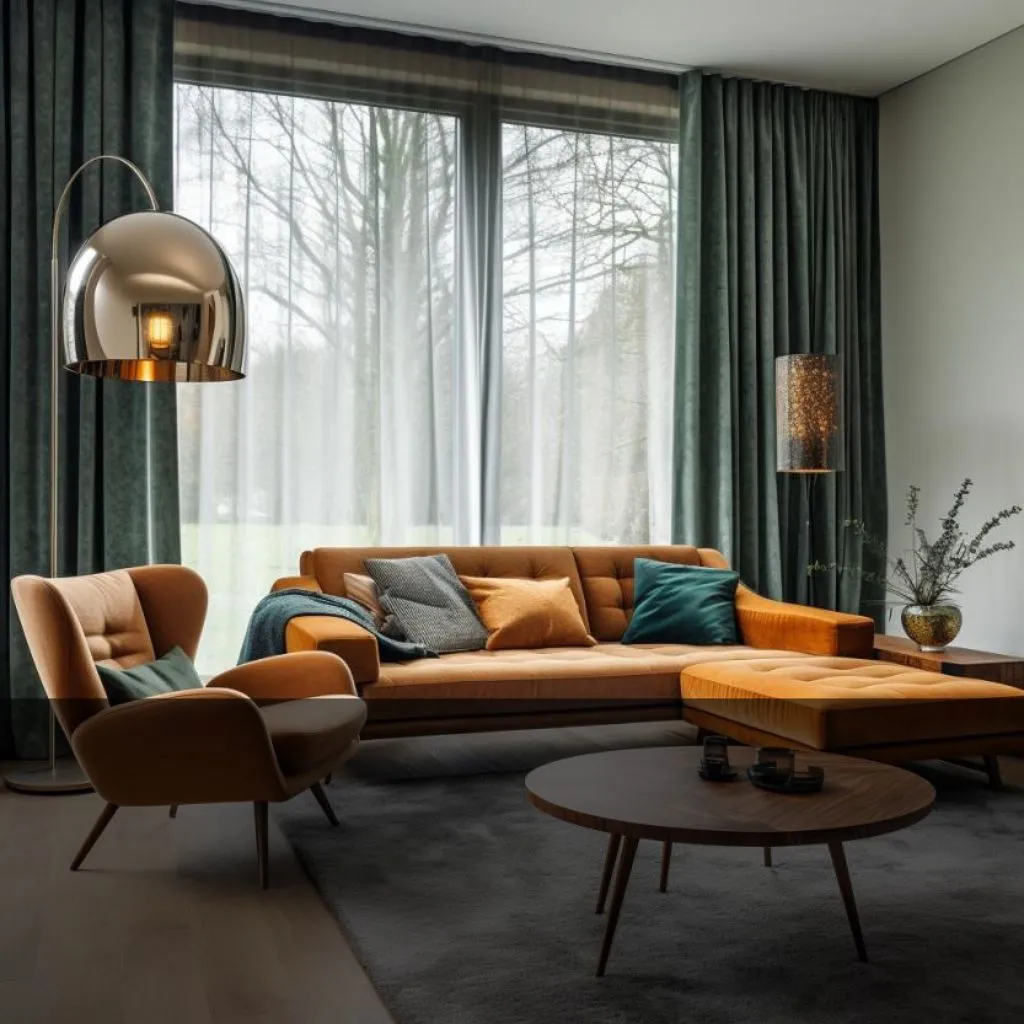
Industrial-Inspired Curtains
Home Blog Exploring Industrial Design Industrial design traces its roots

In the realm of interior design, curtains play a pivotal role in shaping the ambiance and functionality of a space. A trend that has been gaining momentum in recent years is the artful layering of sheer and blackout curtains. This innovative approach not only enhances the aesthetic appeal of a room but also offers practical benefits such as light control, privacy, and insulation. Let’s delve deeper into the difference between sheer and blackout curtains.
Sheer curtains or fabrics are lightweight and translucent, allowing diffused natural light to pass through while providing minimal privacy. Sheer curtains often have a delicate, see-through quality, making them ideal for creating an airy and open feel in a space. They are commonly used in conjunction with other curtains or blinds for added privacy or light control.
Blackout curtains or fabrics are dense and do not allow light to pass through, offering maximum privacy and light blocking capabilities. Blackout curtains are typically made from thicker materials that effectively block out sunlight and provide insulation. They are ideal for rooms where privacy or light control is a priority, such as bedrooms or home theatres.
One of the primary reasons behind the popularity of layering sheer and blackout curtains is the aesthetic versatility it offers. By combining the delicate translucency of sheer curtains with the light-blocking capabilities of blackout ones, homeowners can create a dynamic and visually captivating window treatment. The interplay of light and shadow adds depth and dimension to the space, elevating the overall design scheme with a touch of sophistication and elegance.
Layering sheer and blackout curtains provides homeowners with greater control over natural light. During the day, sheer curtains allow soft, diffused light to filter into the room, creating a bright and airy atmosphere while preserving a sense of openness. As the day transitions into evening, blackout curtains can be drawn to block out excess sunlight and provide privacy. This seamless transition between sheer and blackout layers allows for a customised lighting experience tailored to the time of day and mood of the occupants.
Privacy is a paramount concern for many homeowners, particularly in urban settings or homes with close neighbours. Layering sheer and blackout curtains offers an elegant solution that strikes a balance between openness and seclusion. During the day, sheer curtains provide a degree of privacy without completely obscuring the view, allowing occupants to enjoy natural light while maintaining discretion. At night, the addition of blackout curtains ensures complete privacy, allowing occupants to unwind and relax without the prying eyes of passersby.
In addition to their aesthetic and practical benefits, layering sheer and blackout curtains can also enhance the energy efficiency of a home. The dual-layered approach creates an additional barrier against heat loss in the winter and heat gain in the summer, improving insulation and reducing energy consumption. By regulating the temperature within the room, homeowners can enjoy increased comfort while also lowering their utility bills—a win-win scenario for both style and sustainability.
As the demand for versatile and functional window treatments continues to grow, the trend of layering sheer and blackout curtains has emerged as a popular choice among homeowners and interior designers alike. Offering a perfect marriage of style and functionality, this innovative approach allows for endless possibilities in window dressing, from creating ethereal, light-filled spaces to cocoon-like retreats of privacy and comfort. Whether used independently or in tandem, sheer and blackout curtains have proven to be a timeless and versatile design solution that transcends trends, providing homeowners with a canvas for expressing their unique sense of style and creating spaces that are as beautiful as they are functional.

Stan Bond, 50 Years Experience in the blinds industry.

Home Blog Exploring Industrial Design Industrial design traces its roots

Home Blog Creating A Coastal Style Coastal style draws its

Home Blog Exploring Eclectic Style Eclectic style celebrates diversity, blending

Home Blog Exploring Mid-Century Modern Design Mid-Century Modern design emerged